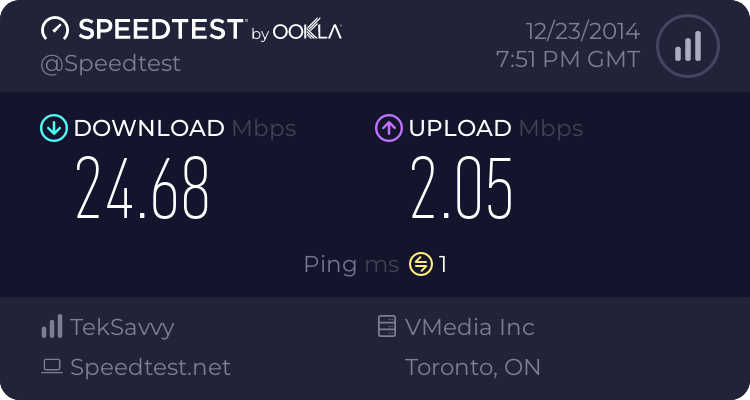Hi,
My ac68U is running the latest merlin firmware(376.49_2) and I am trying to setup a QOS.
It does an OK job when prioritizing Team Fortress traffic, for example. However, ping goes up from 10ms to 50ms. Webpage loading seems ok whenever I saturate traffic on my local torrent box, but youtube seems to be really slow. Ok so I went and set all my traffic, that goes to my pc, to highest priority, but its still slow.
This is my speedtest before I turn on torrent box to saturate traffic.

This is after.

This is how my QOS is setup.

So my question is: why doesn't download test show at least 1.6 MB/s whenever I test with saturated link? Removing 2 file transfer rules for 80 and 443, makes absolutely no difference.
My ac68U is running the latest merlin firmware(376.49_2) and I am trying to setup a QOS.
It does an OK job when prioritizing Team Fortress traffic, for example. However, ping goes up from 10ms to 50ms. Webpage loading seems ok whenever I saturate traffic on my local torrent box, but youtube seems to be really slow. Ok so I went and set all my traffic, that goes to my pc, to highest priority, but its still slow.
This is my speedtest before I turn on torrent box to saturate traffic.

This is after.

This is how my QOS is setup.

So my question is: why doesn't download test show at least 1.6 MB/s whenever I test with saturated link? Removing 2 file transfer rules for 80 and 443, makes absolutely no difference.
Last edited:

